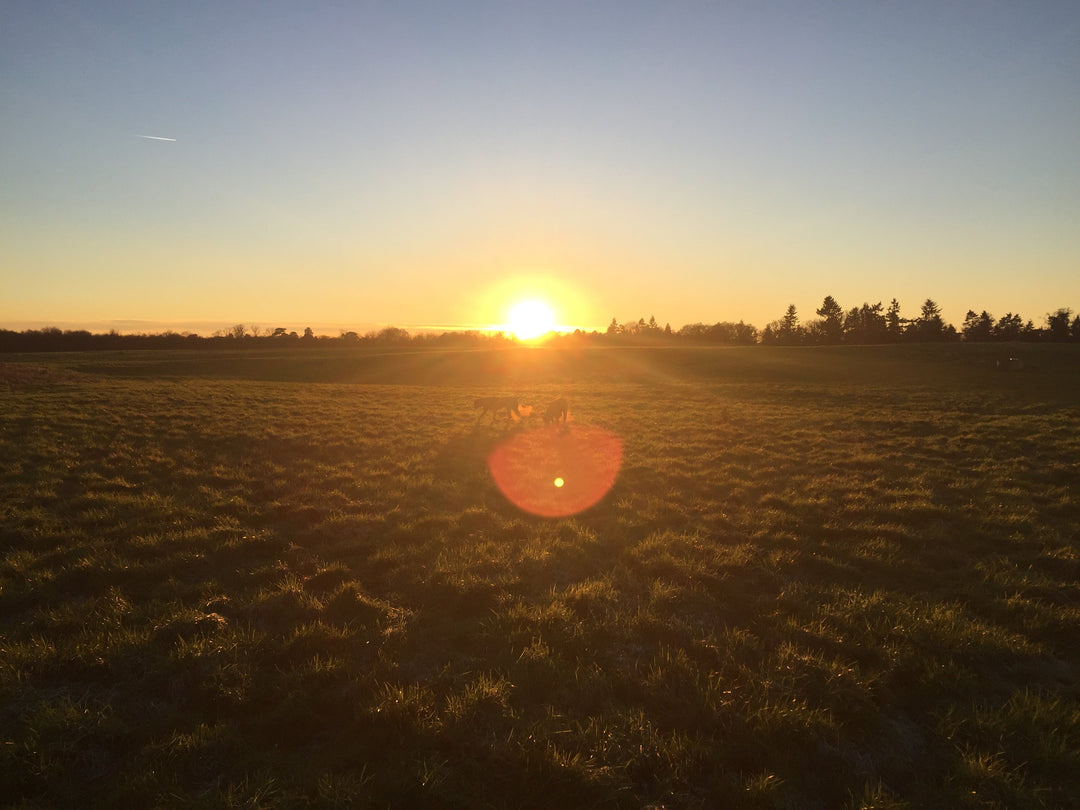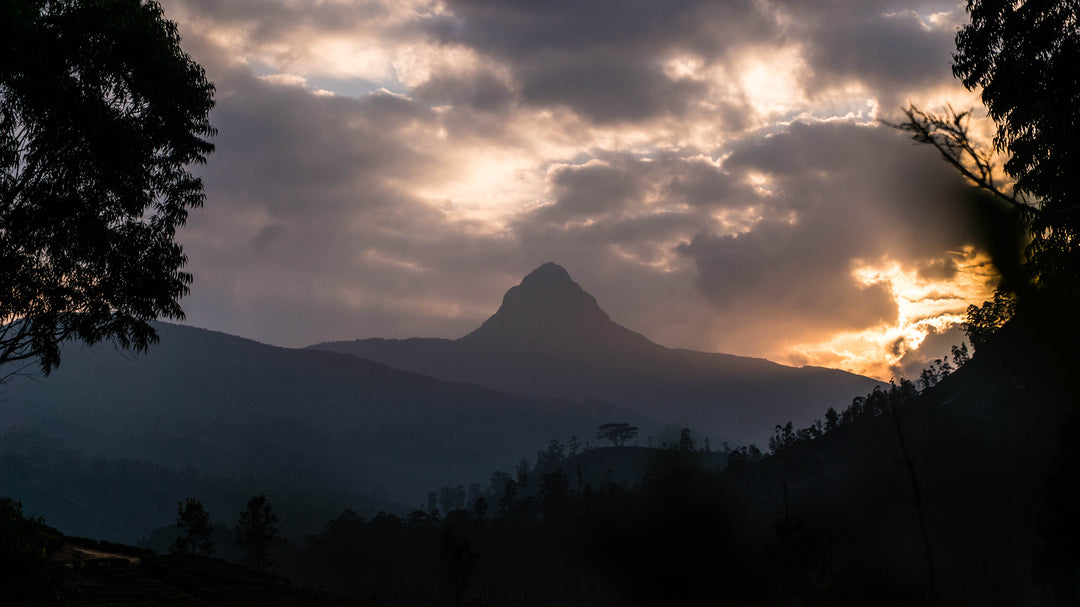Field Guide to Tea Bushes: Types, Traits, and Tea Quality Explained
Perhaps you had never wondered where tea comes from. Well by the end of this short email you will be able to wow your friends with some fun facts, a useful conversation opener at your next social get together.
First let me cover some basics. The tea plant belongs to the biological genus Camellia Sinensis, a species of evergreen shrub or small tree that belongs to the flowering plant family Theaceae, whose leaves and leaf buds are used to produce tea. There are over 80 different varieties in this family but the two specific varieties of tea that we will concentrate on here are Camellia Sinensis (China Jat) and Camellia Sinensis Assamica (India Jat). Jat means caste in Hindi and was used by the early planters of Assam and Darjeeling to identify the species. In Sri Lanka we use both varieties.

Tea bushes on commercial plantations will be pruned and remain at a height of approximately 3ft or 1 meter, but if left to their own devices they can get a bit out of hand and grow to over 10m tall. We do keep them under control, as we don’t have ladders tall enough and at that height it is a little scary tea picking!
The china plant grows best when planted at higher elevations. It has a slower rate of growth and because of this it produces a more flavoursome and aromatic tea. The Assam (India Jat) tea plant has a much broader leaf and is far darker in colour. It is better at growing at lower elevation and in hot and humid weather. The assam bush grows faster than its Chinese cousin and it produces a thicker, stronger cup of tea.

For those customers wanting to experience teas from strictly China and Assam bushes, should try 1st flush from Okayti Tea Estate in Darjeeling, and Halmari Estates 2nd flush from Assam.




